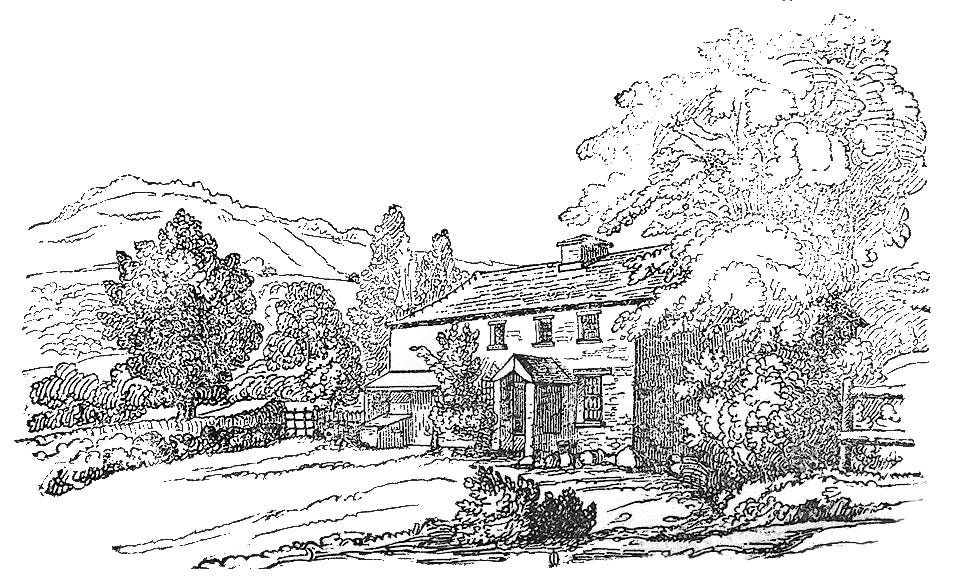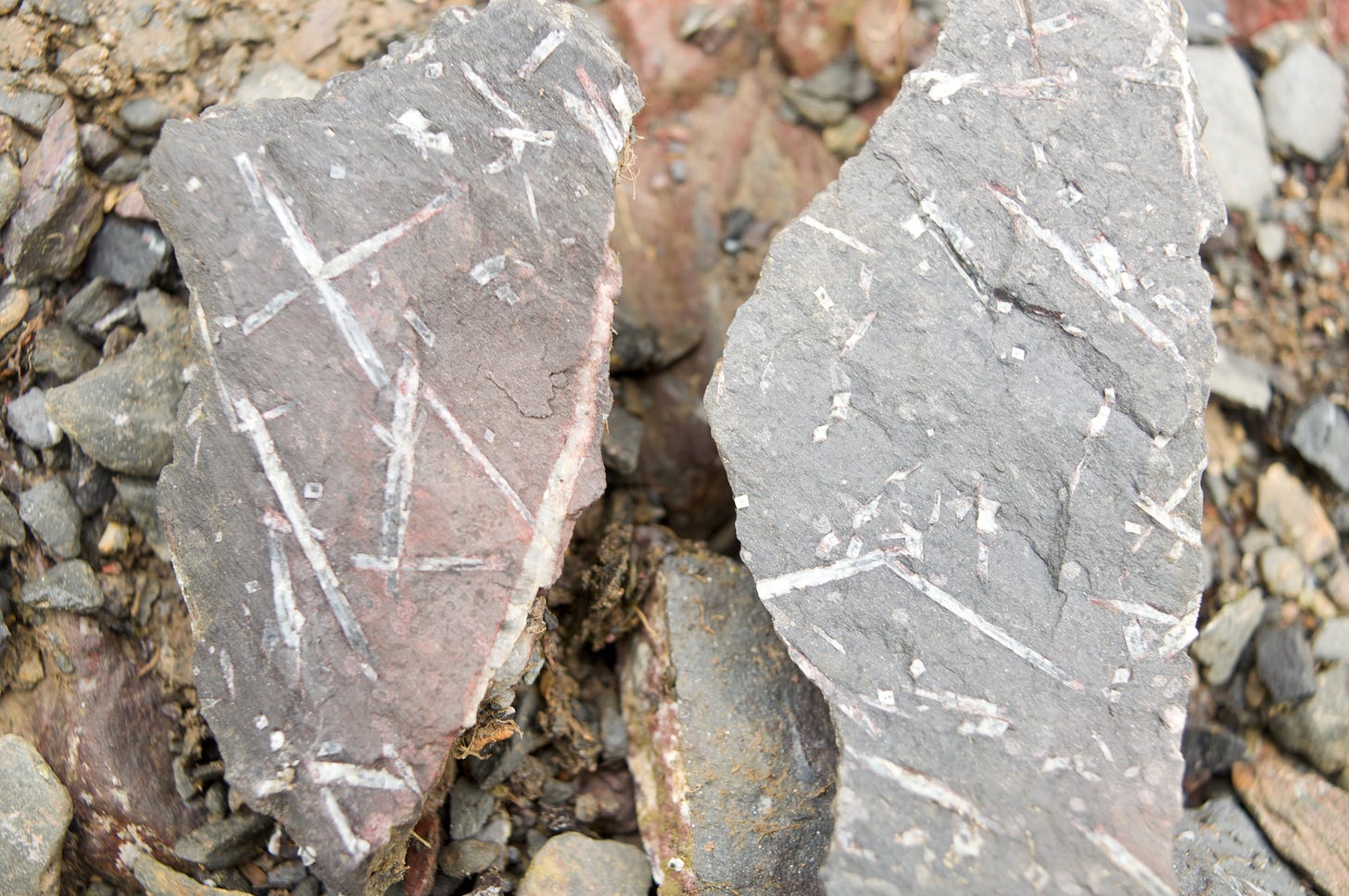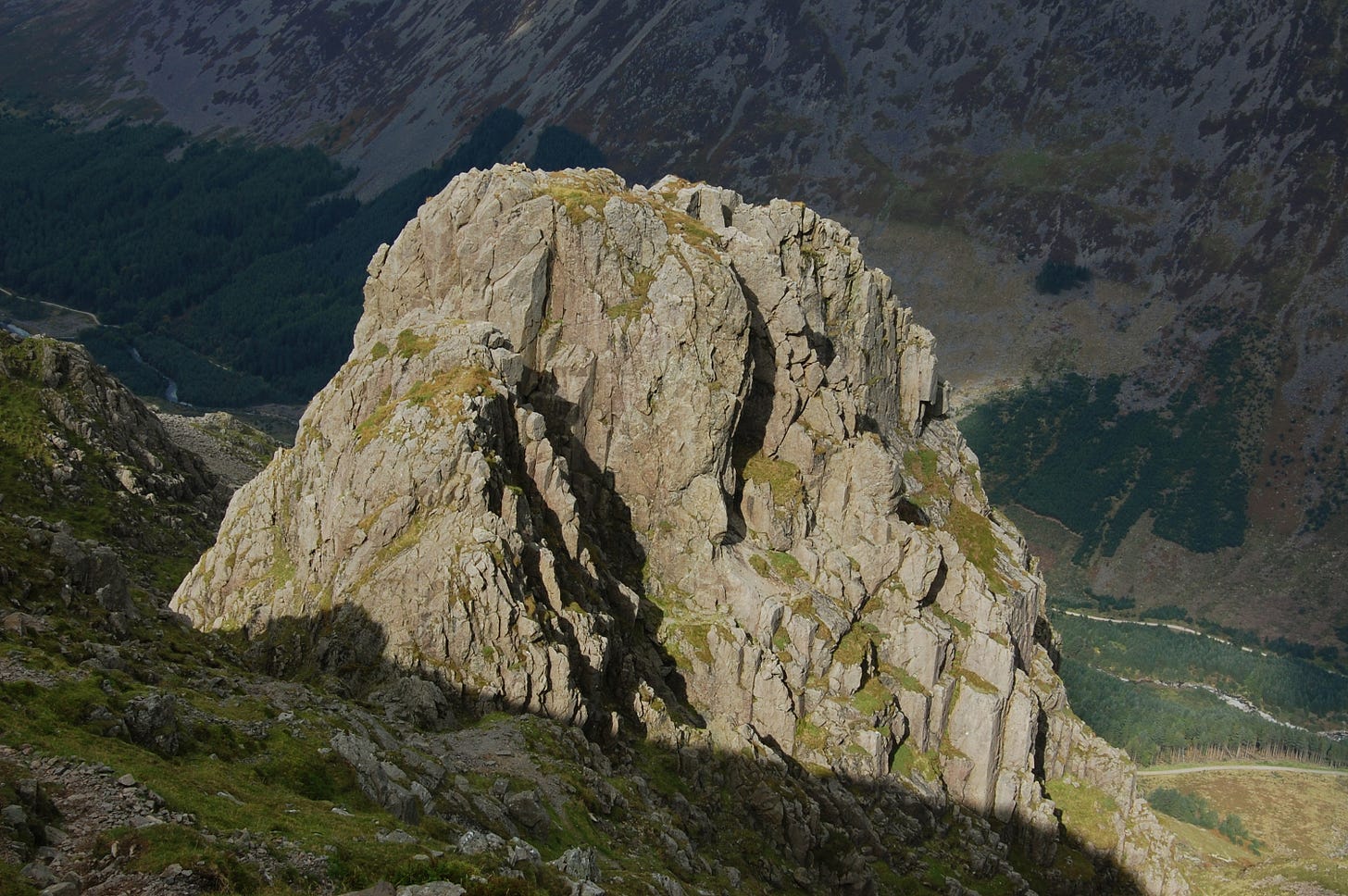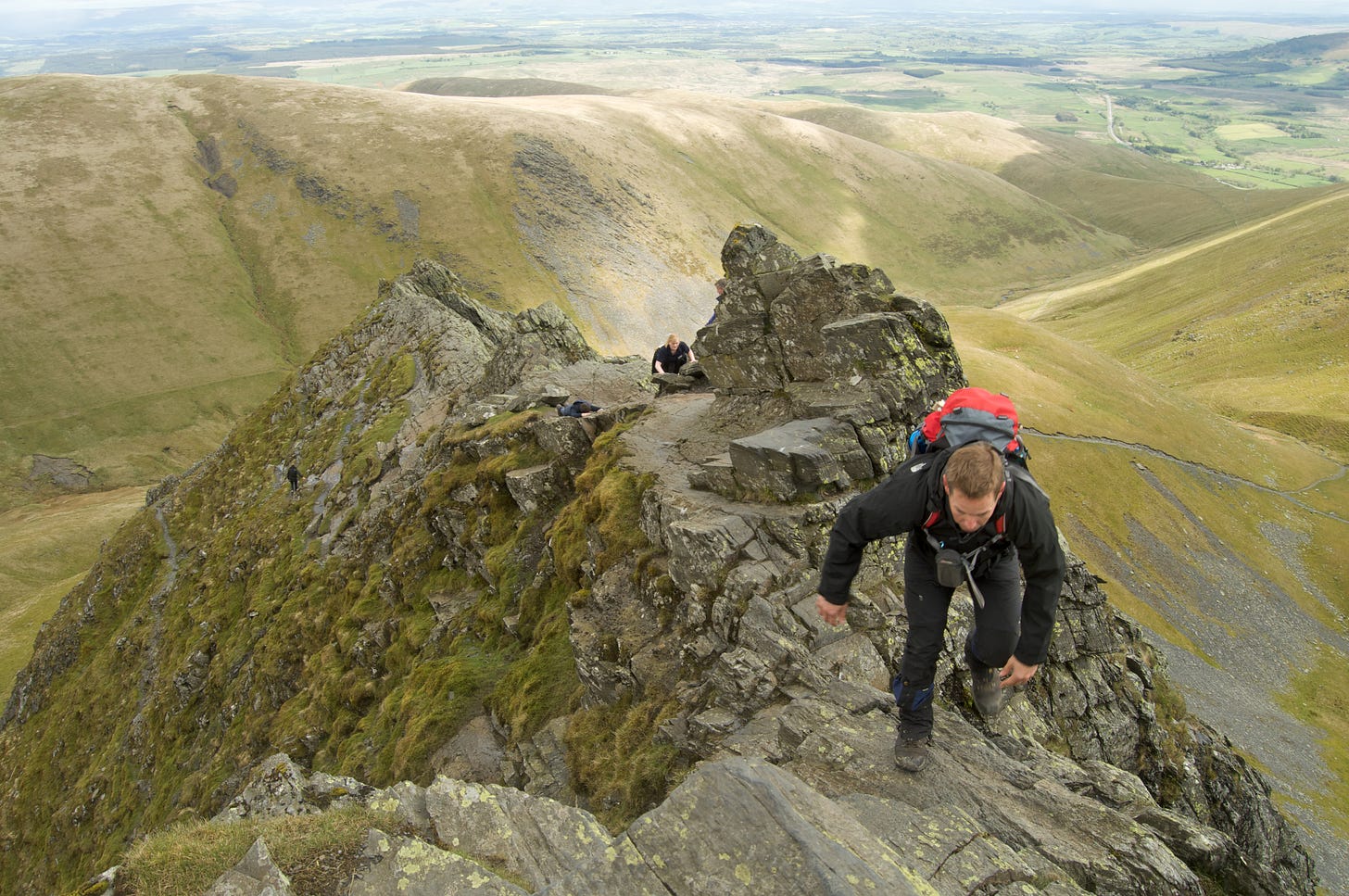In Scotland there used to be an instution called the “Lad o’ Pairts”: a young man (no Lassies o’ pairts, sadly) of working class origins, who educates himself via the parish school and perhaps a benevolent local laird. Thomas Telford the engineer, orphan son of a milkmaid; Thomas Carlyle the historian, son of an Ecclefechan stonemason; David Livingstone the explorer; and of course Robert Burns.

The English equivalent is rather rarer. The only one I’ve come across is Jonathan Otley, born in 1766 on the slopes of Loughrigg in Great Langdale. Son of a small farmer and basket maker, his dame school education interrupted by work on his father’s farm. In return for which the father taught him Latin and mathematics.

Young Jonathan was shy in company – perhaps because of his slight stammer. And it was a tough call anyway, to widen his horizons against not only the entrenched class system of the late 18th century but also the grinding 12-hour-a-day labour of simply staying alive. But in the early 19th century, Natural History did, to some extent, transgress across social boundaries. Jonathan’s knowledge and enthusiasm would earn him the friendship of some of the leading scientists of his time, including geologist Adam Sedgwick and John Dalton the chemist.1
As Keswick’s clock repairer, Jonathan mended a musical box for the poet Robert Southey. As a scientist, he’s been called the ‘Father of English Geology’. Okay, so that was actually William Smith from Somerset. But Jonathan was the one that showed Mr Smith around the Lake District and explained what was what.2
He was also a mountain guide and guidebook writer: his Guide to the Lakes (1823) is online at Google Books here. And because of it, he could even be described as the ‘Father of English Rock Climbing’ – sort of. Because, by describing Pillar Rock in Ennerdale as “unclimbable”, he motivated lots of folk to have a go at climbing it: with John Atkinson getting up it by the route now known as ‘The Old West’ in 1826.
The guidebook has a whole section for the Floating Island of Derwent Water: Jonathan analysed its methane gases, in collaboration with the leading chemist of the age, John Dalton. His map of the fell country, published in 1818, was surveyed using instruments invented and built himself, and was carried by Dorothy Wordsworth for her ascent of Scafell Pike. He used his microscope to examine and condemn the Keswick town wells, and successfully agitated for a public water supply brought in by pipes.
In between times, he found a spare moment or two to actually mend some clocks…
Sharp Edge: the First Ascent
We had not gone far, before we were aware that our journey would be attended with perils
It was around 1810 that Jonathan descended from Blencathra to Scales Tarn along with another guidebook writer, William Green.
Otley is, even more than the poet Coleridge, a fellwalker of today: neither fussed nor frightened, intimate with every corner of the fell country in all seasons with winter a favourite, and enjoying a nice bit of scrambling when he sees it.
Arriving at Scales Tarn, Otley spots that it is not after all a volcano: “The report of quantities of lava being found near it, as well as that of the reflection of the stars being seen in it at noon-day, are manifest exaggerations.” The two guide-book writers then turn around, and make the first recorded ascent of Sharp Edge. Mr Green takes up the tale.
Wishing to vary our line, in returning to the place we had left, we crossed the stream, and commenced a steep ascent, at the foot of Sharp Edge. We had not gone far, before we were aware that our journey would be attended with perils ; the passage gradually grew narrower and the declivity on each hand, awfully precipitous. From walking erect, we were reduced to the necessity either of bestriding the ridge or of moving on one of its sides with our hands lying over the top, as a security against tumbling into the tarn, on the left, or into a frightful gulley on the right, both of immense depth—sometimes we thought it prudent to return, but that seemed unmanly, and we proceeded; thinking with Shakspear that "Dangers retreat when boldly they are confronted." Mr. Otley was the leader, who on gaining steady footing, looked back on the writer, who he perceived viewing at leisure from his saddle, the remainder of his upward course. On better ground they had a retrospect on Sharp Edge, which is the narrowest ridge on Saddleback, or any other north of England mountain ; in places, its top is composed of loose stones and earth, and the stepping on the sides being as faithless as the top, the Sharp Edge expedition, has less of safety to recommend it than singularity.
Today, in anything less than dry sunny conditions, Sharp Edge remains a serious bit of scrambling. In january 1992, on a day of strong winds and hard-frozen ground, I watched a fallen walker being winched out from below the ridge. The fact that the casualty wasn’t wearing a helmet indicated that they hadn’t survived the fall. Keswick Mountain Rescue records 11 fatalities up to December 2021, with another in October 2021.
Green and Otley not only had to contend with those loose stones and earth, long since swept away. They also had the uncertainty of a first ascent. Such uncertain scrambling can still be found today, though in obscurer corners of Lakeland than Scales Tarn. Only those who practice such scrambling (in upper Eskdale, in the corries of Coniston Old Man) will realise how much harder Sharp Edge would be without its big encouraging pathway, clean rock and well-used handholds.
Jonathan Otley’s map was already archaic: contour lines had been invented on the slopes of Schiehallion almost 50 years before. His geological insights around the Skiddaw Granite and its metamorphic areole live on into the modern field guides. But its his all-in, all-weather love of Lakeland that speaks directly to the ten million of us up on the rocks and ridges today.

In the same way, fossil finder Mary Anning of Lyme Regis – passed over and ignored both as a woman and as child of a fisherman – did enjoy the friendship and respect of at least a couple of the gentleman geologists, such as Louis Agassiz and Henry de la Beche. And my own great-great grandfather seems to have moved into the Upper-Middle Class by way of the Scarborough Natural History Society.
For any Lakeland geologists reading this, familiar aspects of Lakeland first identified by Jonathan Otley include:
The granite of Eskdale/Ennerdale, Shap and the Skiddaw Granite in River Caldew, along with the Armboth Dyke
The metamorphic areole around the Skiddaw Granite, with its concentric surrounding layers of spotted slates, and then chiastolite slates. Though he interprets the granite as ‘primitive’ and the Skiddaw Slates as having been deposited on top.
What we now call the Skiddaw Slates (or Skiddaw ‘System’) – he correctly questioned their nature as ‘slates’: the slaty appearance is finely laminated bedding, not slaty cleavage
The Borrowdale Volcanic Series, as not the same as the ‘clay slates’ of Skiddaw, though mystified as to its true nature
The sedimentary Windermere Supergroup of the lower, southern hills, and the black-coloured Coniston Limestone right across from the Duddon to the A6 road
The Mell Fell Conglomerate, which he correctly identified as outwash from somewhere else
Erratic ‘bowders’, “yielding sufficient scope for conjecture as to the place of their origin, and the mode of their removal” – actually moved by glaciers.








Great stuff, and yes Sharp Edge is obviously a very different beast from what it was on the first ascent, though the tradeoff is that the polished rock is pretty slippery when wet.
I wonder if John Dalton also qualifies as a 'lad o'pairts'? A fellow Cumbrian (born in Eaglesfield), father a weaver, began earning his own living at age 10—and went on to develop the atomic theory of chemistry.